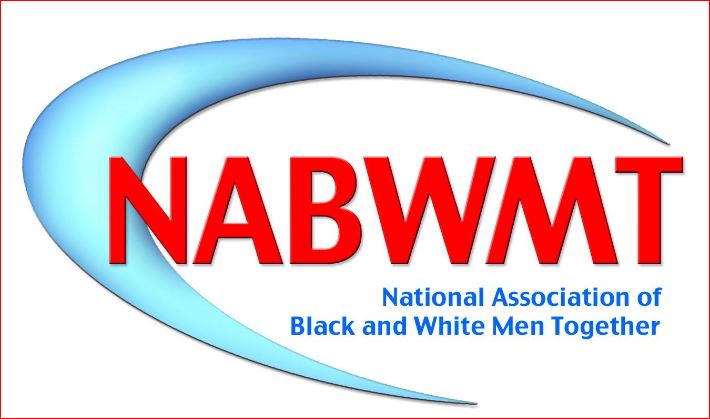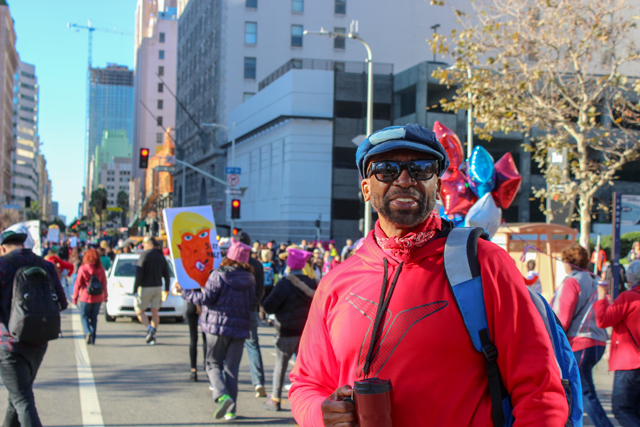
As a member of an organization that is mostly gay men, we forget the work women did in the AIDS crisis, so we should move to help the women who value reproductive rights.
If you listen to my podcasts or read my blogs, you will know I report on activism that works, and what does not work. In general, while marches may provide a boost to the participants in the short term, it takes a long while to make a difference. But we should still take to the streets.
We will invariably ask what, exactly, this are these events going to accomplish. Which laws will be overturned? Whose rights will be restored? How will anyone’s life get better because of all this?
For example, thousands of people across the country will continue to protest the Supreme Court’s leaked draft decision overturning Roe v. Wade. Millions of Americans seem willing to go out into the streets to protest — perhaps more than even in the 1960s when I started doing so.
More people than ever also seem to doubt the pragmatic and political power of street action. Two of the biggest protest actions in American history took place in the past five years: The Women’s March in 2017, which drew an estimated three million to five million people from around the country, and of course, the summer of George Floyd, which brought out millions more here and around the world.
But you could look at these two marches and claim that they accomplished little outside of social media posts, a spate of diversity workplace initiatives and a handful of political promises like disbanding the Minneapolis Police Department that were quickly walked back.
Abortion rights are now on the chopping block. Unarmed Black people are still being shot by the police, who have seen increases in their budgets in cities across the country.
It is difficult to fundamentally change American institutions. Few organizers believe that getting people to march together will immediately lead the powers that be to meet all their demands.
The goal is to create an event in which people who are outraged can gather together. And make connections, test new ideas, and build the infrastructure for political action gets built. The Floyd protests, for example, led to a boost in voter registration for Democrats. The point is the people.
I looked at the history of the fight to overturn Roe v. Wade and found it took 50 years of dedicated organizing. Likewise the anti-abortion movement has used street protests — sometimes violent — at abortion clinics, state legislative buildings and big gatherings.
Consider Justice Alito’s underlying draft about abortion. He said: “it’s illegitimate to protect rights that aren’t laid out clearly in the text of the Constitution,” This writing exudes hostility.
Behind the streets, the anti-abortion people used the corporate-funded American Legislative Exchange Council, (ALEC) funded by global corporations and state politicians rewrite state laws that govern your rights.
In addition, Justice Amy Coney Barrett, for example, didn’t ascend the ranks of the conservative judiciary through the traditional pathway of Ivy League schools. Instead, Barrett’s nomination can be attributed to the way she appealed to religious activists who had expanded their power in the conservative legal movement.
For decades, as Roe stood, anti-abortion activists made incremental progress at the state level, much of which took years to secure.
And then there is religious factions. In 1968, a group of Catholic bishops opposed state abortion laws. As the movement grew, it dropped its affiliation with the church and, grew to become one of the most influential anti-abortion organizations in the country.
This leads me to the theory that those on the right are better at organizing than the left. They seem to believe much more in its power than their counterparts on the other side. Progressives lack institutional support and elected officials who turn that energy into policy.
Republican politicians do not denounce protests from their side. When faced with mass demonstrations from progressives, they pass anti-protest laws to suppress the right to organize. Doesn’t this shows a belief in the potential power of public dissent. You don’t make it harder for people to protest in the streets because you think the whole thing is silly and pointless. You make it harder because you actually respect its power.
The Democratic establishment’s response to progressive demonstrations, is to pat the protesters on the head and then, when the streets have cleared, blame them for the party’s failures.
This week, Tim Ryan, the Democratic nominee for the U.S. Senate seat in Ohio, released an ad saying, “Defunding the police is way off the mark” — choosing to define himself by disparaging activists who have barely been seen by a television camera since the end of 2020.
Does nobody in America hate the idea of protest more than establishment liberal politicians?
Will the future of reproductive rights will rely on the willingness of those liberal politicians to stand with the millions, who will head to the barricades? It will be on them to find a solution that represents the 62 percent of Americans who do not want to see Roe overturned.
The breadth of the draft of Justice Samuel Alito’s opinion on this is astonishing.
This could open the door for challenges to other once-settled protections, whether of gay marriage or even school desegregation laws. Do we need to try for a maximalist approach because the Republicans will not stop at just Roe or should the message be about the threat it poses to the lives of women?
Many of the personal liberties we now consider fundamental — like abortion and interracial and same-sex marriage — and are not enumerated in the Constitution. They find their justification in the 14th Amendment’s equal protection clause. This was written specifically to protect the rights of once-enslaved Americans who were being re victimized by restrictive, racist laws in Southern states.
The answers will likely be found at demonstrations and in organizing meetings. No politician will lead, and solutions like court packing and abolishing the filibuster seem impossible. So people need to take to the streets.
I recognize its tough for people to leave their homes to protest an injustice. Now is not the time to worry about the expected value one expects to receive in return for a day spent at the barricades.
We should not care group gets to lead. The politics that emerge from these protests need to be large and active. There is no such thing as a good protester or a bad protester. The good protester is the one who shows up.
I have long believed in allies like Vote Save America or Mobilize.us, for example.
But no people should think of themselves as only allies. They should march, write and call friends, legislators, and organize by whatever means. We can’t take anything for granted!
__________________________________
Source: Nwe York Times

